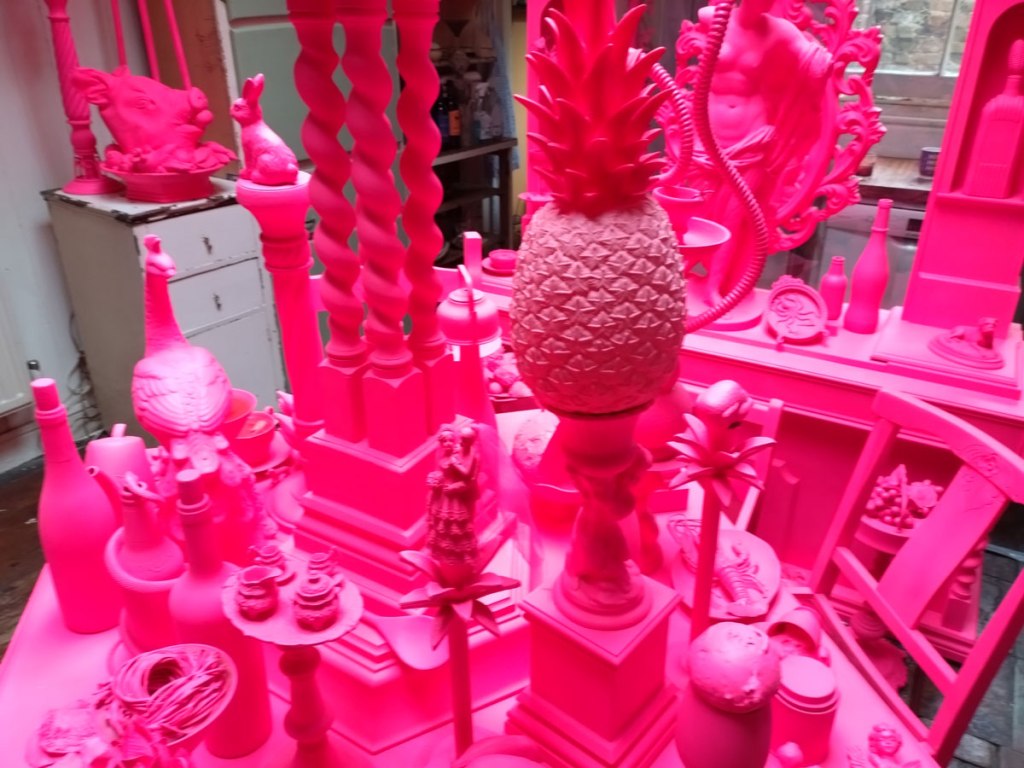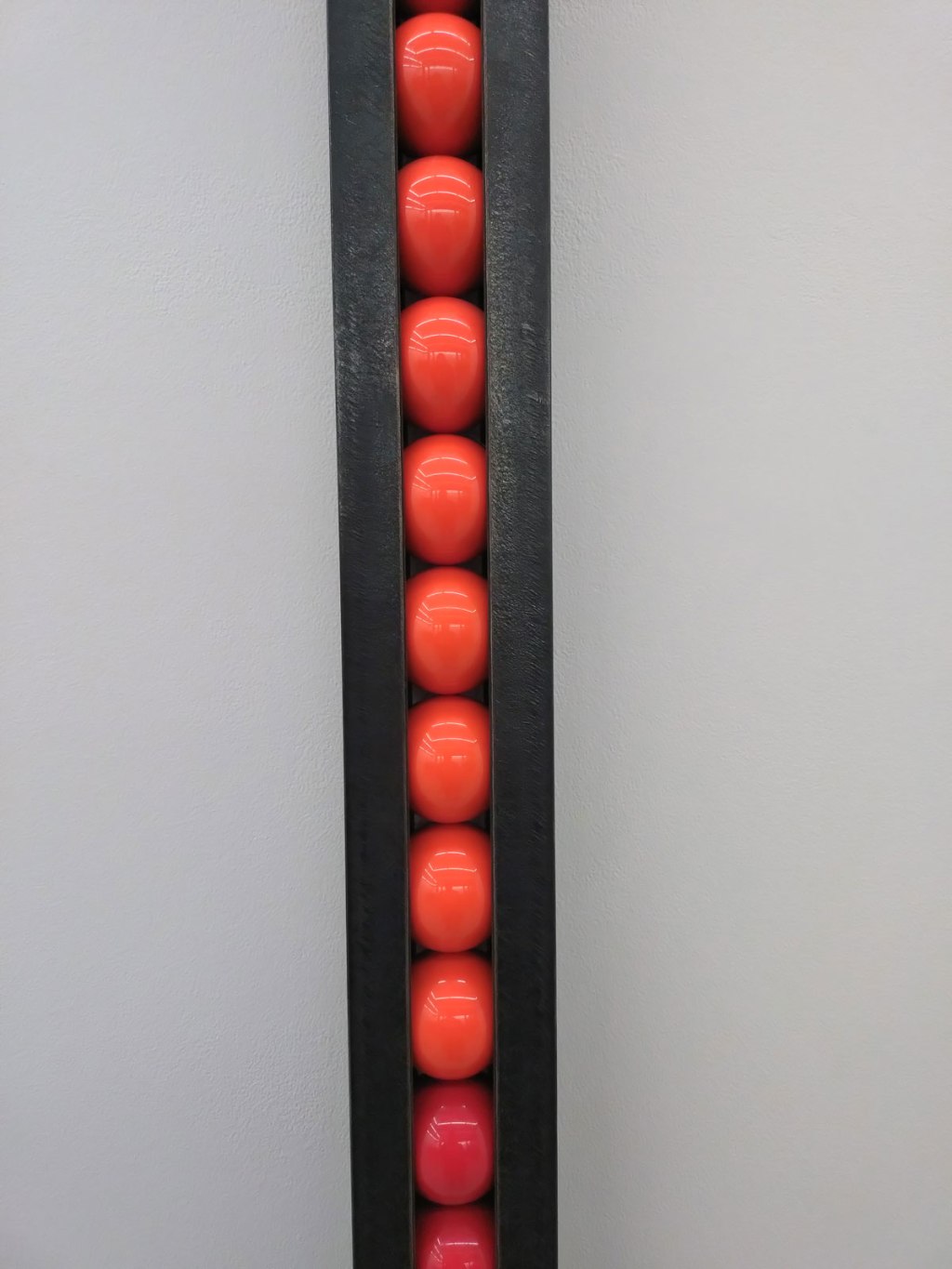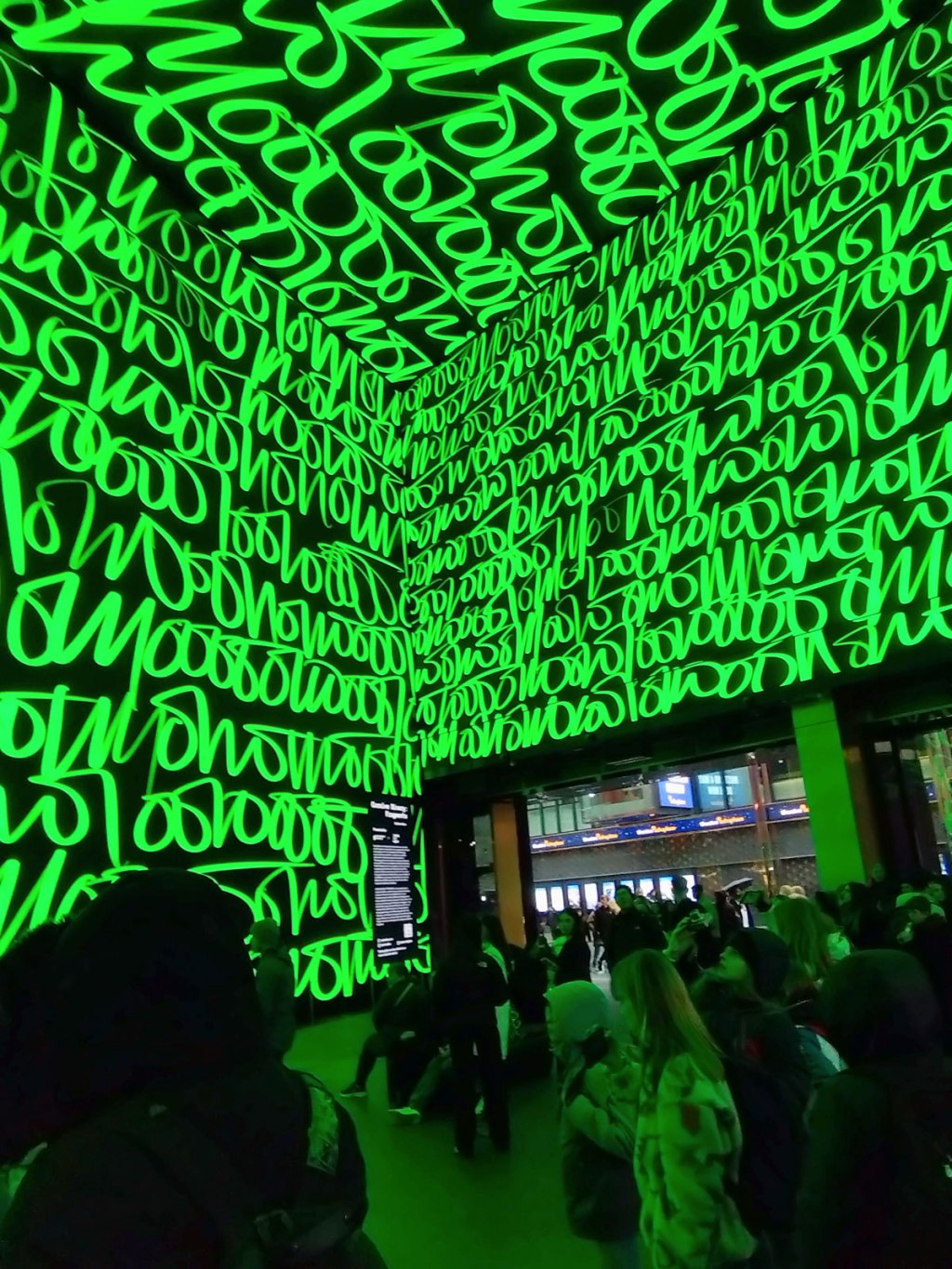
Organ Thing of The Day: Image Langage is (the correct spelling and not one of our traditional typos) of a rather beautifully soothing new album from Félicia Atkinson, this is a first taste, The Lake is Speaking, a first track from what promises to be something rather special from the French artist. it is very painterly, it does feel like the spledid isolation of Georgia O’Keefe, it does feel like Félicia Atkinson is taking us somewhere, it feels like the beguiling delight, the peaceful beauty of an empty gallery alive with not too much art, just enough and never too much…
.
You can find the album details and more via Bandcamp, or via Shelter Press, meanwhile here’s the press release..
Felicia Atkinson’s music always puts the listener somewhere in particular. There are two categories of place that are important to Image Langage: the house and the landscape. Inside and outside, different ways of orienting a body towards the world. They are in dialogue, insofar as in the places Atkinson made this record—Leman Lake, during a residency at La Becque in Switzerland, and at her home on the wild coast of Normandy—the landscape is what is waiting for you when you leave the house, and vice-versa. Each threatens—or is it offers, kindly, even promises? —to dissolve the other. Recognizing the normalization of home studios these days, she revisited twentieth-century women artists who variously chose, and were chosen by, their homes as a place to work: the desert retreats of Agnes Martin and Georgia O’Keefe, the life and death of Sylvia Plath. Building a record is like building a house: a structure in which one can encounter oneself, each room a song with its own function in the project of everyday life.
At times listening to Image Langage is immediate, something like visiting a house by the sea, sharing the same ground, being invited to witness Atkinson’s acts of seeing, hearing, and reading in a sonic double of the places they occurred. In an aching moment of clarity in “The Lake is Speaking,” a pair of voices emerge out of the primordial murk of piano and organ, accompanying the listener to the edge of a reflective pool that makes a mirror of the cosmos. “I open my feet to fresh dirt, and the wet grass. I hold your hand. You hold his hand. In the distance without any distance. The comets, the stars.” At other times, listening to Image Langage is more like being in a theatre, the composition a tangle of flickering forms and media that illuminate as best they can the darkness from which we experience it. On “Pieces of Sylvia,” a noirish orchestra drones and clatters beneath and around a montage of vocal images, stretching the listener across time, space, subjectivities. Atkinson says that Image Langage is like the fake title of a fake Godard film. There is indeed something cinematic about Atkinson’s work—not cinematic in the sense that it sounds like the score for someone else’s film, but cinematic in the sense that it produces its own images and language and narratives, a kind of deliberate, dimensional world-building in sound.
Image Langage is built from instruments recorded as if field recordings, sound-images of instruments conjured from a keyboard, instruments Atkinson treats like characters, what she calls “a fantasy of an orchestra that doesn’t exist.” And then, speaking of Godard, there are the monologues, operating as both experimental-cinematic device and a literary style of narration. Voice can be a writerly anchor or a wisp of a textural presence. Atkinson’s capacious and slippery speech plunges into and out of the compositional depths, shifting shapes, channelling the voices of any number of beings, subjectivities, or elements of her surroundings—not unlike her midi keyboard, able to speak as a vast array of instruments.
Image Langage is an environmental record, in the vastest sense of the world. It is about getting lost in places imagined and real; it registers, too, the dizzying feeling of moving between such sites. It puts forth a concept of self that is hopelessly entangled with the rest of the world, born of both the ache of distance and the warmth of proximity.
For Félicia Atkinson, human voices inhabit an ecology alongside and within many other things that don’t speak, in the conventional sense: landscapes, images, books, memories, ideas. The French electro-acoustic composer and visual artist makes music that animates these other possible voices in conversation with her own, collaging field recording, MIDI instrumentation, and snippets of essayistic language in both French and English. Her own voice, always shifting to make space, might whisper from the corner or assume another character’s tone. Atkinson uses composing as a way to process imaginative and creative life, frequently engaging with the work of visual artists, filmmakers, and novelists. Her layered compositions tell stories that alternately stretch and fold time and place, stories in which she is the narrator but not the protagonist.
Atkinson lives on the wild coast of Normany and has played music since the early 2000s. She has released many records and a novel on Shelter Press, the label and publisher she co-runs with Bartolomé Sanson. She has collaborated with musicians including Jefre Cantu Ledesma, Christ Watson, Christina Vantzou, and Stephen O’Malley, and with ensembles including Eklekto (Geneva) and Neon (Oslo). She has performed at venues and festivals including INA GRM/Maison de la Radio and the Philharmonie (Paris), Issue Project Room (NYC), the Barbican Center (London), Le Guess Who (Utrecht), Atonal (Berlin), Henie Onstad (Oslo), Unsound (Krakow), and Skanu Mesz (Riga). Her work has been commissioned by filmmakers (Ben Rivers, Chivas de Vinck) and fashion houses (Prada, Burberry). She has exhibited in museums, galleries, and biennials including RIBOCA Biennale (Riga), Overgaden (Copenhagen), BOZAR (Brussels), Espace Paul Ricard (Paris), and MUCA ROMA (Mexico City).






Leave a comment